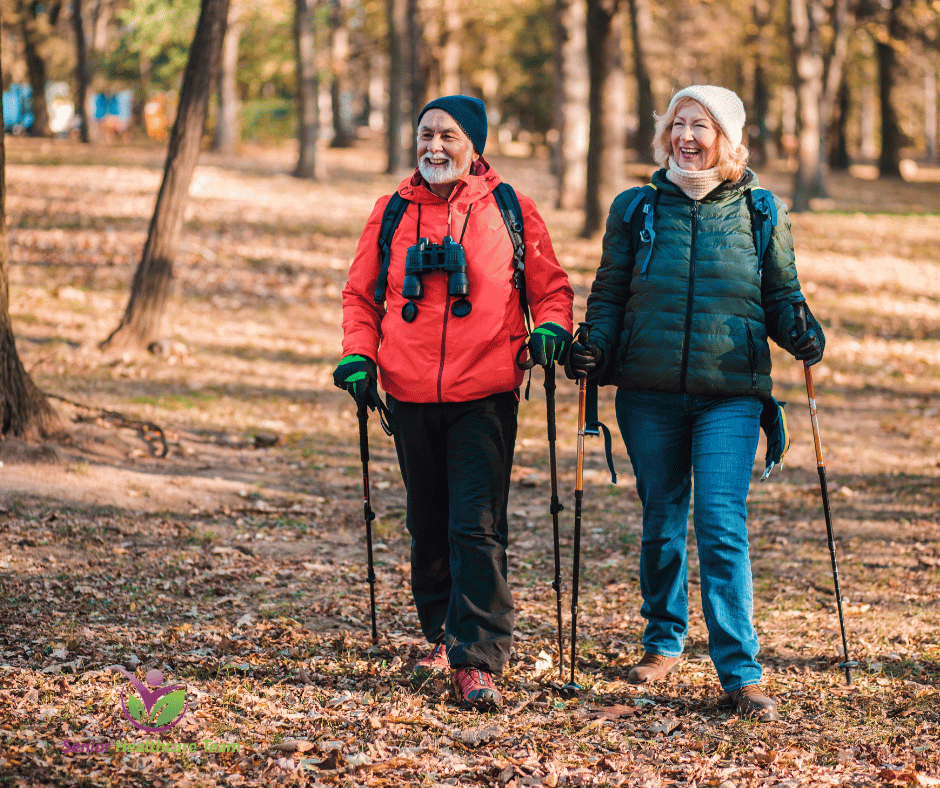As you approach age 65, navigating Medicare and all of its parts and plans may sound daunting, but it can be easier than you think. Original Medicare contains two parts: Part A and Part B. Medicare Part A covers hospital care, skilled nursing facility and hospice fees, and is usually premium-free. Medicare Part B covers medical and preventive services, as well as some medical equipment, for which there is a monthly premium (typically deducted from your Social Security payments).
In addition to Original Medicare, many people choose to purchase a Medicare Supplement plan to cover the gaps in coverage that Medicare Parts A & B do not pay. Here’s what you need to know about Medicare Supplement plans.
What Is a Medicare Supplement (Medigap) Plan?
Medicare Supplement plans are sometimes called Medigap plans because they help fill the coverage gaps left by Medicare Part A and Medicare Part B. You must enroll in Original Medicare Parts A and B to purchase a Medicare supplement insurance plan. Most Medigap plans cover some or all of the 20% not covered by Parts A and B.
Private insurance companies sell Medicare Supplement plans. Each plan is required by the Centers for Medicare & Medicaid Services (CMS) to provide the same benefit coverage nationally, but premiums can vary from provider to provider. All policies are meant for individual coverage only, so if you and your spouse need a Medicare Supplement Plan, you must each purchase one separately.
What Does Medicare Supplement Cover?
Medigap plans cover all or some of the following costs, with a few exceptions:
- Medicare Part A coinsurance and hospital costs up to an additional 365 days after Medicare benefits are exhausted
- Medicare Part B coinsurance or copayment
- Blood (first three pints)
- Medicare Part A hospice care coinsurance or copayment
- Skilled nursing facility care coinsurance (Plans A and B do not cover)
- Medicare Part A deductible (Plan A does not cover)
- Medicare Part B deductible
- Medicare Part B excess charge (coverage only available in Medigap Plans F and G)
- Foreign travel exchange (coverage not available in Medigap Plans A, B, K and L)
- Medigap Plans K and L pay 100% of covered services for the rest of the calendar year after meeting the out-of-pocket limit and paying your Medicare Part B deductible.
Currently, there are 10 standardized Medicare Supplement plans with letter names A through N offered by private insurance companies. Visit insurance company websites to review their Medigap plan offerings.
Average Cost of Medicare Supplement Plans
The costs of Medicare Supplement plans vary by state and by insurance company. The main factors that determine cost are your location and age. Keep in mind that a policy that looks less expensive at age 65 could become the most costly at age 85, so ask the insurance company how they set their premium pricing.
Policy prices are determined in three ways:
- Community-rated: The same monthly premium is charged to everyone who has the Medigap policy, regardless of age.
- Issue age-rated: The premium is based on your age at the time of the Medigap policy purchase. The younger your age, the lower the premium. The premium costs for this type of rating won’t go up due to your age but may increase because of inflation or other factors.
- Attained age-rated: The premium is based on your current age and will increase as you get older. Though premiums in this form of rating may start at the lowest price, they have the potential to reach the highest price eventually and can also be impacted by inflation and other factors.
Not all companies offer all Medigap plans. Rates may vary depending on the company, and some plans may be provided with a high-deductible option.
Who Is Eligible for Medicare Supplement?

People ages 65 and older who have already enrolled in Medicare Part B are eligible to purchase a Medicare Supplement (Medigap) plan. In some cases, Medigap plans may be available to customers under the age of 65 if they have qualifying disabilities.
Who Should Purchase a Medicare Supplement Plan?
Anyone concerned about the out-of-pocket costs of Medicare alone should consider the purchase of a Medicare Supplement plan. Medicare has cost-sharing in the form of deductibles and coinsurance. For example, there is a 20% coinsurance for all Medicare-approved services with no limit to out-of-pocket exposure.
Consider the following when purchasing a Medicare Supplement plan.
- You must enroll in Original Medicare, which includes Parts A and B, to qualify for a Medigap plan.
- A Medicare Supplement plan is not the same as a Medicare Advantage plan. Medicare Advantage plans offer Medicare benefits, follow Medicare rules and typically include drug coverage, while Medicare Supplemental plans are meant to fill the gaps in what your Medicare plan does not already cover.
- Each Medigap plan only covers one person, so spouses need to purchase separate policies.
- Premiums are paid to the private insurance company, which is in addition to your Part B premium paid to Medicare.
- Plan costs vary by state, but all plan benefits are the same nationally.
- Any standardized plan is guaranteed to be renewable even if your health conditions change.
- Medicare Supplement plans sold today don’t include prescription drug coverage. If you need drug coverage, you may want to enroll in Medicare Part D (prescription drug plan). Part D is offered by some private insurance companies and may require separate payments.
How And When to Apply for a Medicare Supplement Plan
The best time to apply for a Medicare Supplement plan is during your six-month Open Enrollment Period. Open enrollment begins six months before the month you turn 65 and enroll in Medicare Part B and runs six months after your Part B effective date. After this one-time open enrollment, you may not be able to purchase a Medigap plan or you might pay a lot more.
If you or your spouse already have group health care coverage and aren’t ready to enroll in Part B, you can apply for Part B without penalty during a Special Enrollment Period after your Initial Enrollment Period has ended. Call the Centers for Medicare & Medicaid Services (CMS) for details if you think you may be eligible.
There are a few steps involved when applying for a Medicare supplement plan.
Decide which benefits you want, and then examine Medigap Plans A through N to see which one(s) meet your needs. Consider your current and future health status—and keep in mind your family’s health history, as it may be difficult to switch plans later.
Research which insurance companies in your state sell Medicare Supplement plans and which ones offer the plan(s) you want. Visit Medicare.gov to search by ZIP code to find companies in your area.
Contact a licensed Medicare Supplement Insurance agent to request a quote and purchase your Medicare Supplement plan. An agent can assist the process, or a client can deal directly with the carrier. You can typically complete an application via phone, online or on paper.
Now that you’ve learned about Medicare Supplement Insurance (Medigap), let’s take it to the next level and learn about Medicare Part D: Costs, Coverage, and Finding the Best Medicare Part D Plan
By David Lasman – “Ask Medicare Dave” | President – Senior Healthcare Team
wwww.SeniorHealthcareTeam.com | 866-333-7340
Selecting the right healthcare plan through Medicare can be overwhelming and downright stressful. Senior Healthcare Team is a nationwide resource that provides guidance and support about Medicare to seniors at no cost to them and helps them to choose the most suitable insurance plan tailored to their specific needs and budget. Our goal is to educate and empower our clients to make the best decisions regarding their healthcare and clear up the confusion of Medicare. At Senior Healthcare Team, we aren’t partial to any one insurance company. Our loyalty is to our clients and our mission is to provide them with the best healthcare options at the very lowest cost.Top of Form
To learn the truth about Medicare, watch all of our FREE Medicare tutorial videos by clicking here.

